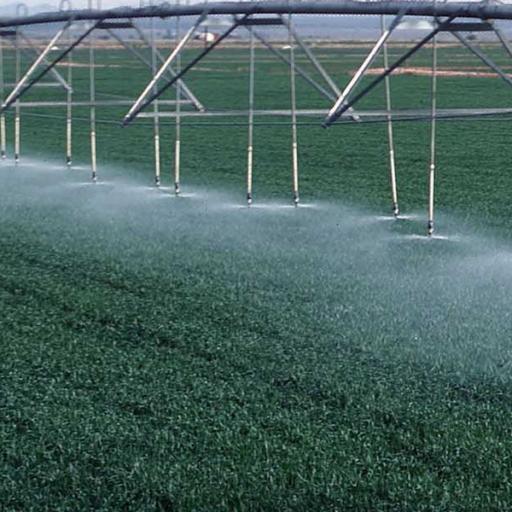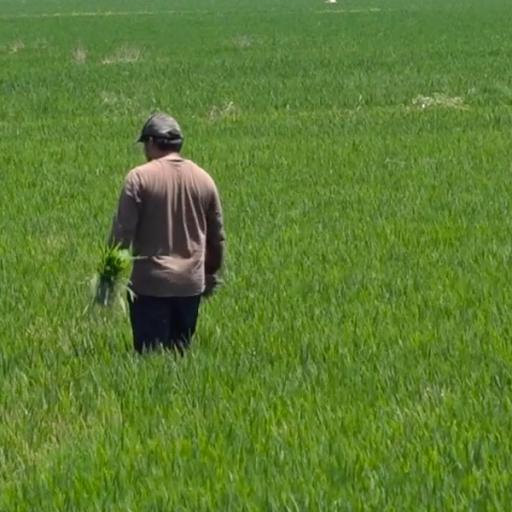The adverse effects of chemical pesticides on food safety and consumers' health have been at the centre of public discussions and policy regulation over the last two decades. However, one important effect of pesticides that was rather neglected from this policy debate, is the impact that these chemicals have on the health of farm workers. Chemical pesticides besides being toxic for pests, are also toxic for humans posing serious threats to the health of farm operators (Antle and Pingali, 1994; Sunding and Zivin, 2000; Calvert et al., 2004; Thundiyil et al., 2008; Huang et al., 2016). Each year approximately one million farm workers experience severe unintentional poisoning from pesticides with pesticide applications listing amongst the top level of the most health-risky occupational activities in both developed and developing countries (WHO, 2009; Abdalla et al., 2017). Besides the obvious social cost, health impairments due to pesticides entail also private costs for individual farms in the form of productivity losses arising from decreases in effective farm work (Crissman et al., 1998; Loureiro, 2009; Sheahan et al., 2017). Absenteeism from work due to illness, decreases in the physical capacities of farm workers, such as strength and endurance, and decreases in their mental capabilities, such as cognitive functioning and reasoning ability, are the most common paths through which pesticide-related health impairments decrease effective farm work.
The existing research in developing countries' agriculture suggests that pesticide-related decisions are made by farmers in a sub-optimal way due to misinformation and myopic behaviour about the health risks of pesticides (Zilberman and Castillo, 1994). Low education levels of the rural population, poor spraying technology, and ignorance of safety rules are pointed out to play a major role in explaining farmers' bounded rationality and sub-optimal decisions in the rural areas of the developing world (Cropper, 1994; Athukorala et al., 2012). However, although these behavioural conditions have been empirically tested and confirmed in a set of developing countries, both casual scepticism and empirical evidence question their validity in developed countries' agriculture. In developed countries, educational levels are much higher and information about pesticide-related diseases is widespread. At the same time, pesticide application technologies are more advanced and safety rules and methods are likely to be well understood by farmers (FAO, 2019).
Thus, if farmers are indeed aware about both the health effects of pesticides and the available protection methods, then lack of averting behaviour is the only reason for the high rates of pesticide-related illnesses observed in rural populations of developed countries. According to Zilberman and Castillo (1994) and Cropper (1994), there are three reasons for the lack of averting behaviour: (a) the cost of protective equipment, (b) the inconvenience cost that these practices entail for farm operators, and (c) the personal traits of individual farmers such as how careless they are. While the cost of protective equipment seems to be trivial in most cases, the latter two reasons provide a significant non-arbitrary rationale in explaining why protection actions are not always undertaken by farmers in developed countries. In either case, under informed decision-making and rational behaviour, pesticide-related impairments in farmer's health are endogenous implying that farmers equate marginal costs to marginal benefits while accounting for the expected health costs of pesticides and the personal inconvenience costs related to the use of protective equipments.
Along these lines, based on the work of Antle and Pingali (1994), we extend Chambers et al., (2010) theoretical framework developing a model to measure quasi-rent losses associated with the health effects of pesticides under rational producer behavior. Although the social cost of health impairments might not be of the interest of the farmers, the associated reductions in effective labor do matter for them since such reductions are accompanied by lower productivity rates. Hence, measuring the economic losses due to the negative effects of pesticides on human capital, may indirectly enforce safety standards in farm working environments reducing the associated social cost. If these economic losses are important for individual farms, then indeed improving farm workers' knowledge or applying more effective management practices would result to significant gains for them internalizing at the same time social costs.
The model is empirically applied to a unique panel dataset of Greek greenhouse producers. The data come from a primary survey covering five consecutive cropping seasons during the 2003-07 period and include rich information on pesticide-related health problems and costs faced by greenhouse producers. Using this information, health impairment indices are estimated for individual farm workers using the recent treatment effects estimation method developed by Cerulli (2015). More importantly, this approach accounts for treatment endogeneity and restores consistency making use of an instrumental variable approach. The endogeneity issue arises from the fact that pesticide application levels and pesticide-related health effects may depend on unobserved personality traits of farmers resulting in inconsistent estimates. This important source of endogeneity has been largely overlooked by previous studies in the field.







